I asked OnePlus about the future of OxygenOS — here's what they told me
Gary Chen, the head of OnePlus software, shares what's in store for OxygenOS — synergy with ColorOS, foldables, and AI.
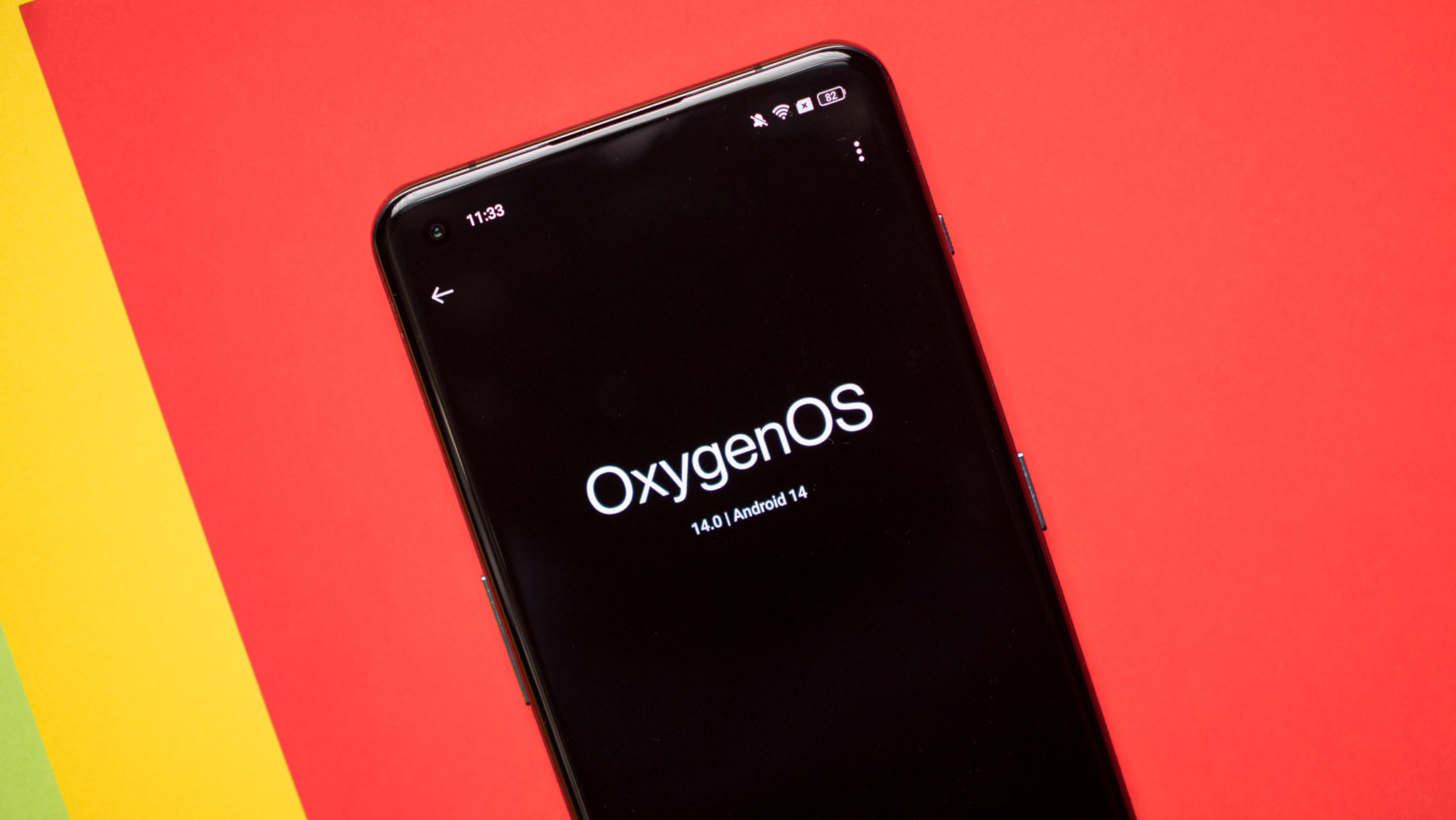
OnePlus is putting the finishing touches on OxygenOS 14; the public beta is now rolling out, and the brand is soliciting feedback from users around the world. At the outset, OxygenOS 14 isn't too different to last year; the interface features the same design aesthetic, albeit with a few subtle changes — it uses an Aquamorphic 2.0 design language that dynamically changes colors based on time of day.
Then there's the awkwardly-named Fluid Cloud feature that essentially tries to mimic the iPhone's Dynamic Island on the status bar. When you launch a timer, make a call, or play music, you'll see a pill-sized icon in the status bar, and interacting with it will expand to a full-size window with additional controls.
Ahead of the public beta of OxygenOS 14, I interacted with Gary Chen, OnePlus Product Partnership Lead, and Zach Lin, Lead on OxygenOS Product, to talk about OxygenOS 14 and what the future holds for OnePlus's software efforts. Chen has overseen OnePlus's software for several years now, and was at the helm during the OxygenOS 11 design overhaul and throughout the ColorOS transition.
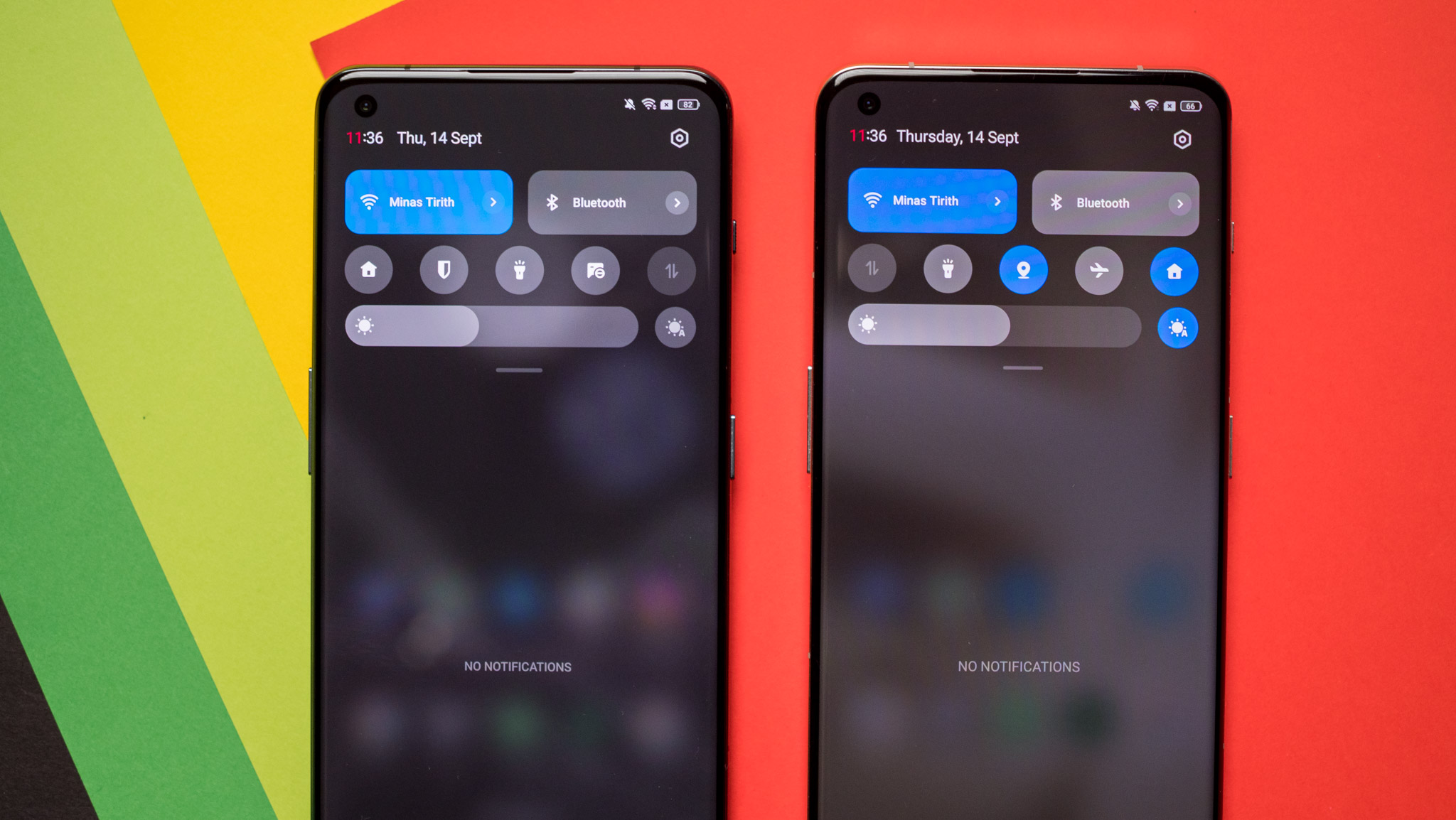
We got started with OxygenOS 14 and the biggest user-facing changes in the Android 14-based build. Lin shared some more details around Fluid Cloud, noting that it was inspired by the "solid, liquid, and gas structure of Aquamorphic Design," and that a key undertaking with the visual refresh is to provide an "intuitive flow" that makes sense to anyone just getting started with the interface rather than getting users to adapt to a new feature.
"The ways to interact with information and notifications is different with Fluid Cloud feature. Inspired by the solid, liquid, and gas structure of Aquamorphic Design, Fluid Cloud presents notifications within bubbles, capsules, and panels in a naturally merging and flowing way. This reimagined version of the status bar can present different forms of real-time services with minimal disruption at the top of your screen according to your personalized preferences and priorities."
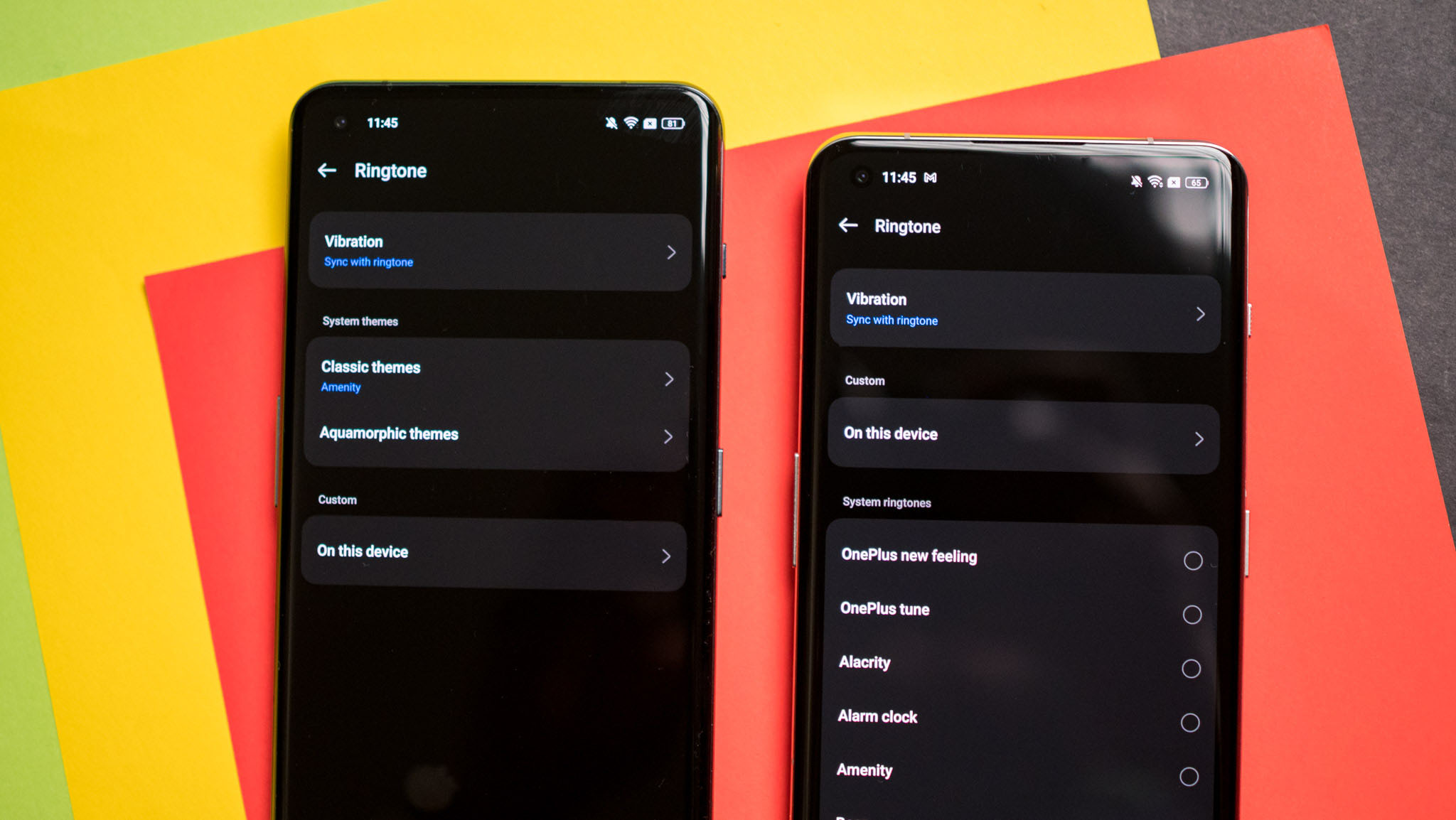
Lin also delved into the shifting color palette and the new ringtones and notification tones that are debuting in OxygenOS 14. "The colour system also upgraded to be able to change dynamically based on factors including time of the day, smartphone status, and content. For instance, the background colour of Alarm Clock will be different at different time throughout the day. There are also nine sets of Aquamorphic-themed ringtones — including calls, alarms, and notifications which is co-developed with Sonic Minds from Denmark and Epic Sound from Finland, both of whom are professional artists with rich music-related experience."
As for other features, I asked if OnePlus would consider rolling out a desktop mode — like Samsung DeX — on its phones. Lin shared some of the productivity features debuting in OxygenOS 14, but wouldn't comment on a desktop mode, so it's not on the cards as of now. "The File Dock feature allows for collect and share information and content anytime across different screens like phones and tablets by simply dragging and dropping. In addition, on OxygenOS 14, OnePlus devices are more connected than before. Multi-Screen Connect 2.0 allows for faster connection speeds, as well as smoother two-way discovery capabilities."
Be an expert in 5 minutes
Get the latest news from Android Central, your trusted companion in the world of Android
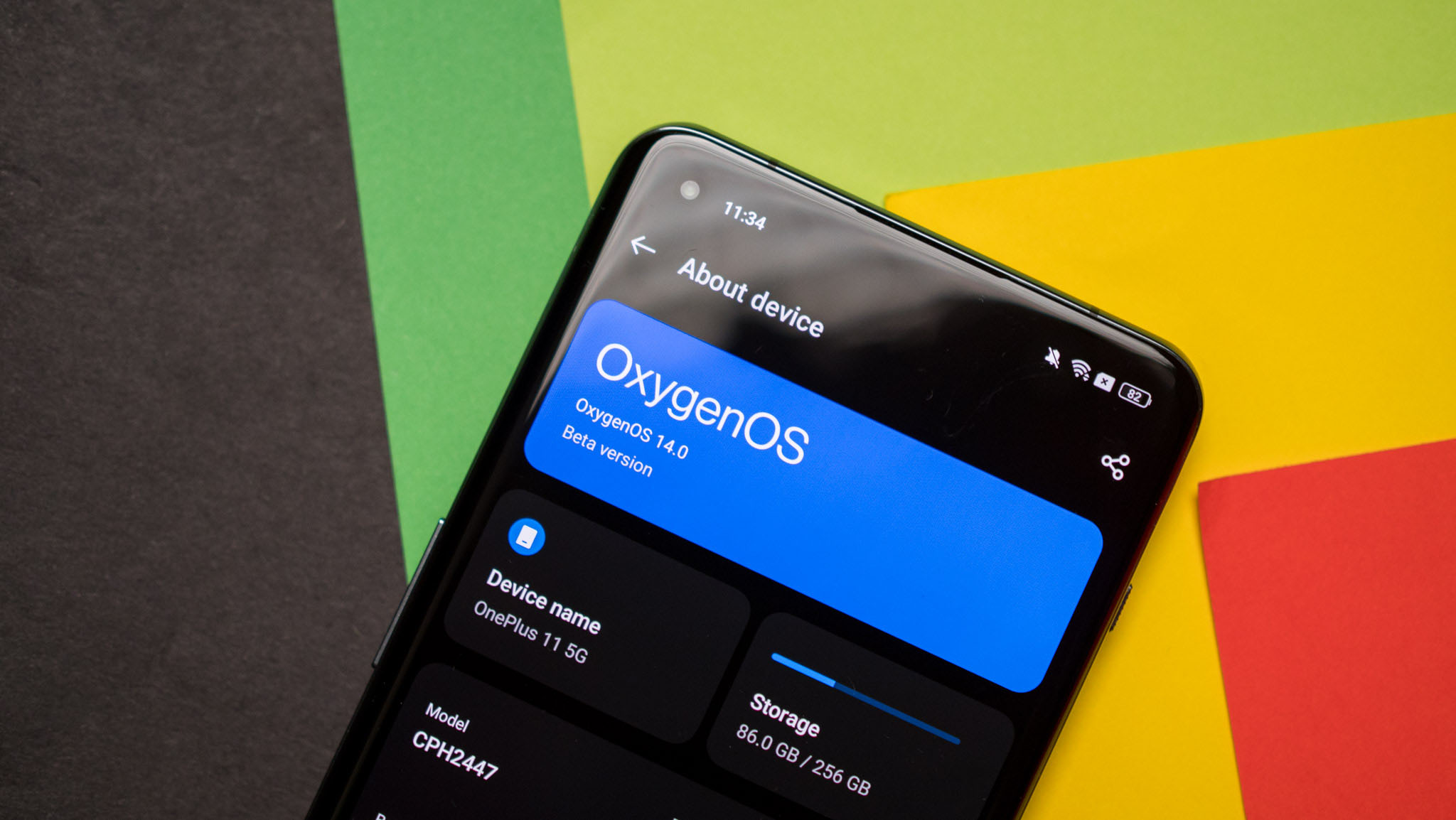
Stability has been a continual issue for OnePlus over the last 18 months, with the ColorOS integration introducing a slew of bugs that severely hampered the user experience. OxygenOS 13 fixed things to an extent, and Lin noted that "stability, smoothness, and power efficiency are highly prioritized in the development of OxygenOS 14". One of the reasons the beta program is being opened up to much more devices this year — 16 in total — is to get feedback from a wider range of users.
Another way the brand is looking to ensure better stability is by overhauling the underlying framework. The Trinity Engine utilizes six algorithms to better optimize the hardware, and Lin states that the guiding mission with OxygenOS 14 is to deliver a "faster, smoother, more stable and secure experience."
"You may have noticed that we spent a lot in introducing technologies and algorithms on OxygenOS 14. This is because that the product philosophy of OxygenOS 14 is to utilize self-developed technologies and algorithms to better explore the potential of the powerful hardware of OnePlus devices," said Lin. "For instance, our users may not be aware of algorithms such as CPU-Vitalization, RAM-Vitalization, and ROM-Vitalization, but eventually they will get a faster, smoother, more stable and secure experience with better power efficiency."
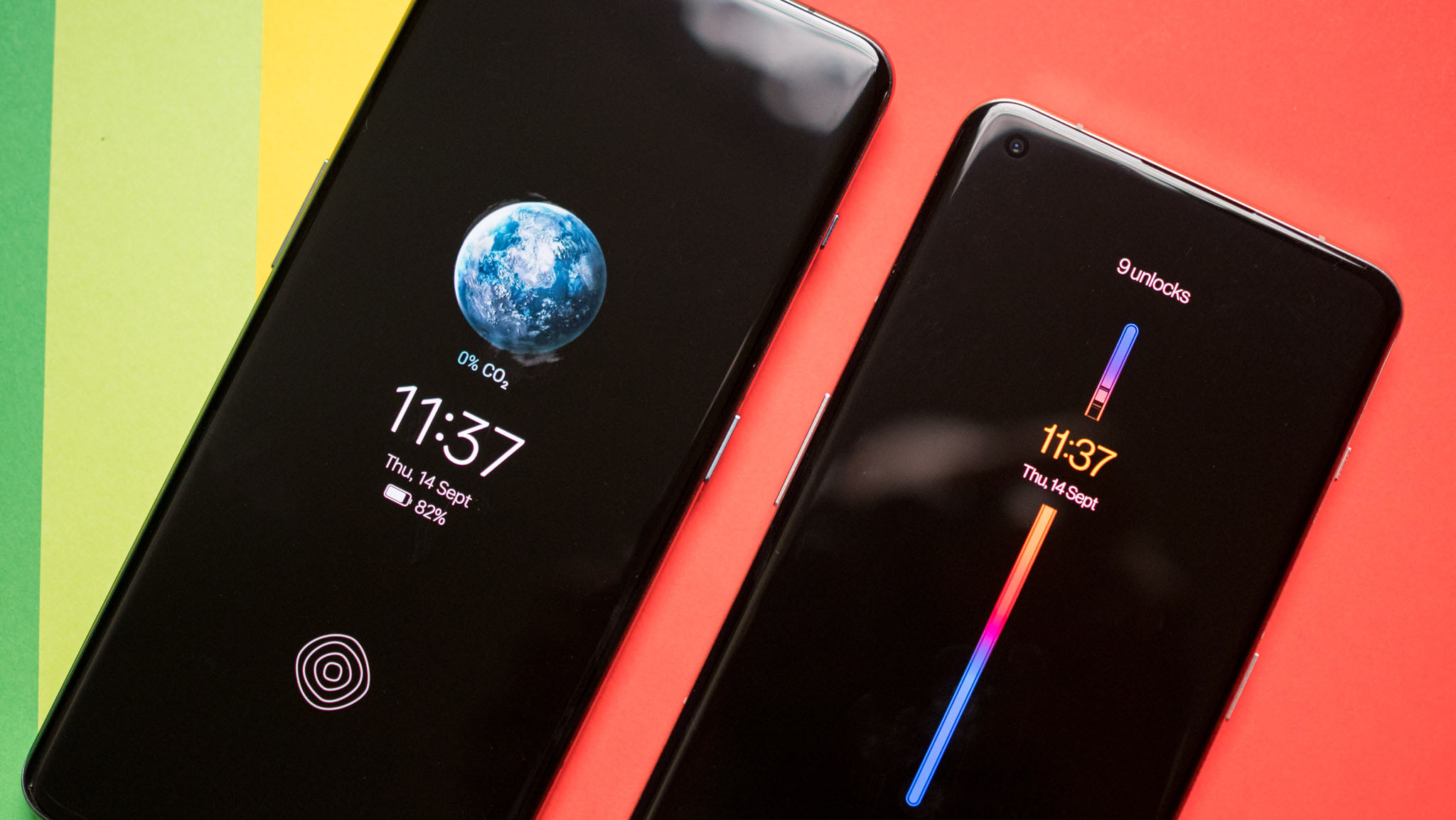
What made OxygenOS a cult favorite was its clean and clutter-free UI, which was left behind in the transition to ColorOS. So I asked Chen if OnePlus would ever consider going back to a vanilla UI — unfortunately, that ship has sailed. "After the integration, OxygenOS and ColorOS are developed on the same codebase, to allow for better build quality and updates, which will also lead to some similarities."
"As a result, OxygenOS will share the same design philosophy — Aquamorphic Design with ColorOS to incorporate the vibrant colour system, but it still has customized design elements including icons, widgets, wallpapers, ringtones, and AOD to meet the needs of OxygenOS users. Our ultimate goal is to synergistically combine the finest aspects of both products, resulting in a new and exceptional offering," noted Chen.
I asked if OnePlus might consider rolling out a feature that lets users choose between a vanilla UI and a themed interface — similar to what ASUS does with ZenUI — and while Lin noted that feedback from the community drives the manufacturer's decisions, he wouldn't confirm if such a feature would debut on OxygenOS, so I wouldn't bet on it.
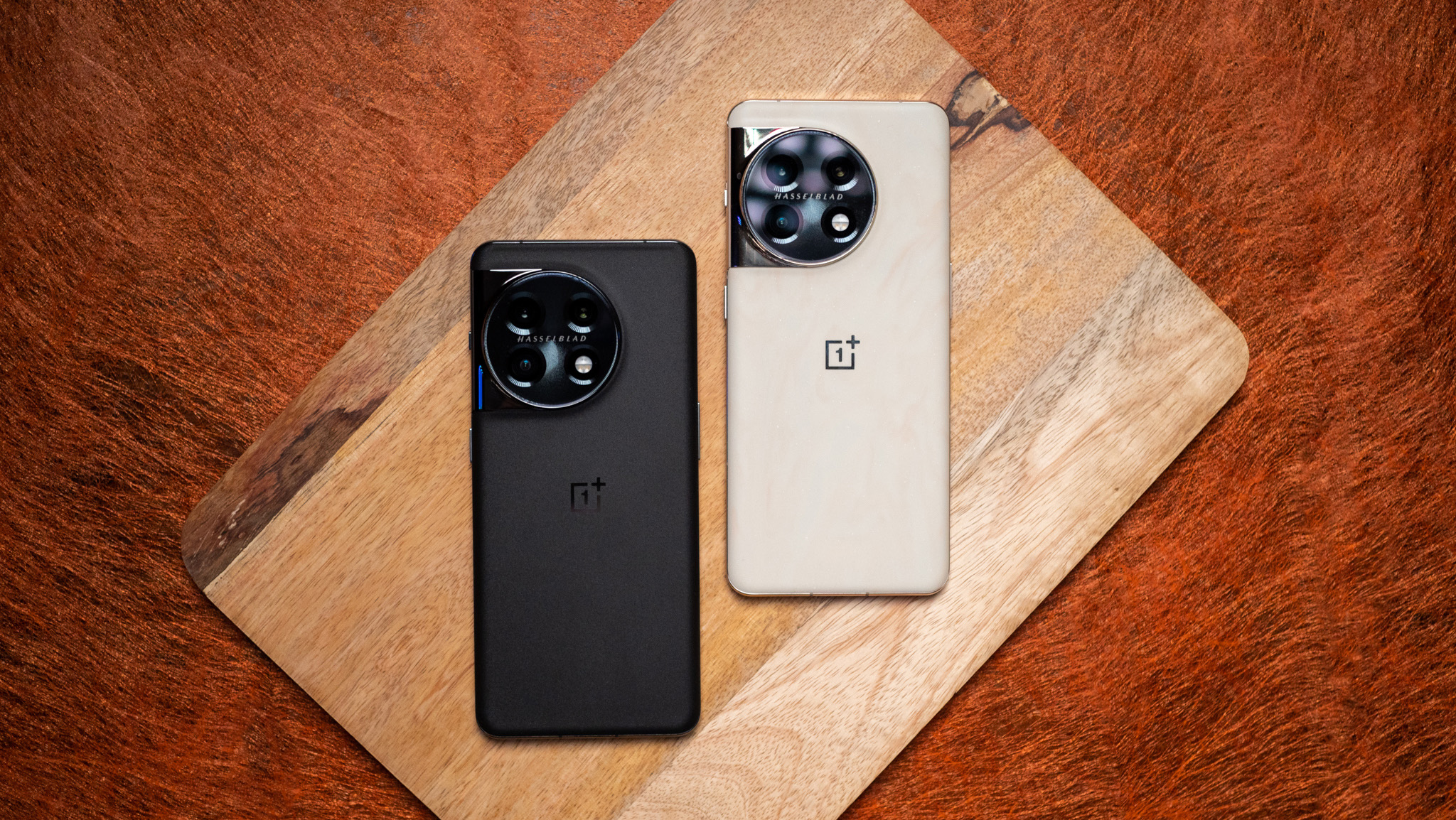
As for what's coming to OxygenOS in the future and where the software is headed, Chen reiterated the brand's commitment to delivering a fast and smooth experience, and shared that stability and security will be a key focus. He talked about how the Trinity Engine is key to realizing those goals. "It reflects our new interpretations on the fast and smooth experience, to be instinctive and free to control, which means every movement and reflection is natural and smooth and all you need is to tap and enjoy. The next step is to bring our signature fast and smooth experience to more OnePlus devices."
On the subject of more devices, OnePlus is getting ready to launch its first foldable — the OnePlus Open — in a few weeks, so I asked Chen if there are any foldable-focused features in OxygenOS 14. He didn't share any specifics, only noting that the brand is "working very closely with Google to co-develop foldable-related features."
"We are trying to leverage our successful experience in developing candy-bar smartphone software products to polish the user experience on a foldable phone," said Chen.
Like every other manufacturer, OnePlus is looking to add AI-related features to OxygenOS, and although Chen didn't divulge any details, he mentioned that OnePlus is still at the exploratory stage, and that it's working with partners to see how it might make the interface better. "Currently, we are working closely with our partnerships to explore how to incorporate AIGC technology to improve the usability of OxygenOS 14."

Harish Jonnalagadda is Android Central's Senior Editor overseeing mobile coverage. In his current role, he leads the site's coverage of Chinese phone brands, networking products, and AV gear. He has been testing phones for over a decade, and has extensive experience in mobile hardware and the global semiconductor industry. Contact him on Twitter at @chunkynerd.
-
fuzzylumpkin I find it so strange that people still buy OnePlus...Reply
Aside from the Nords, people love cheap stuff.
